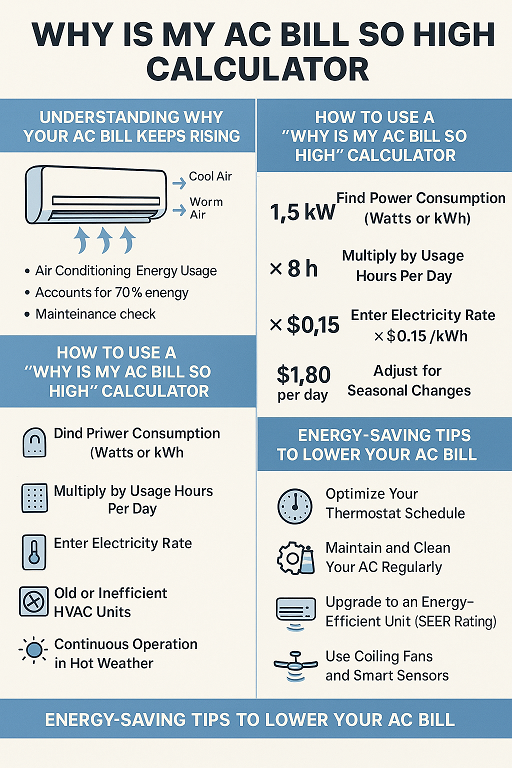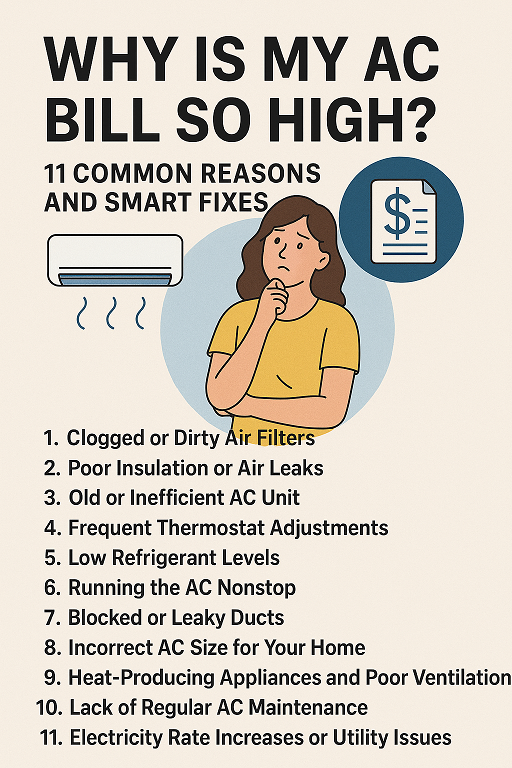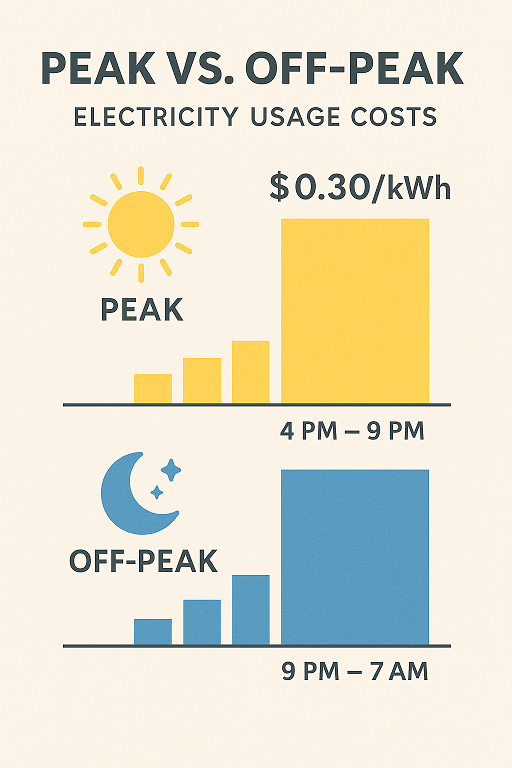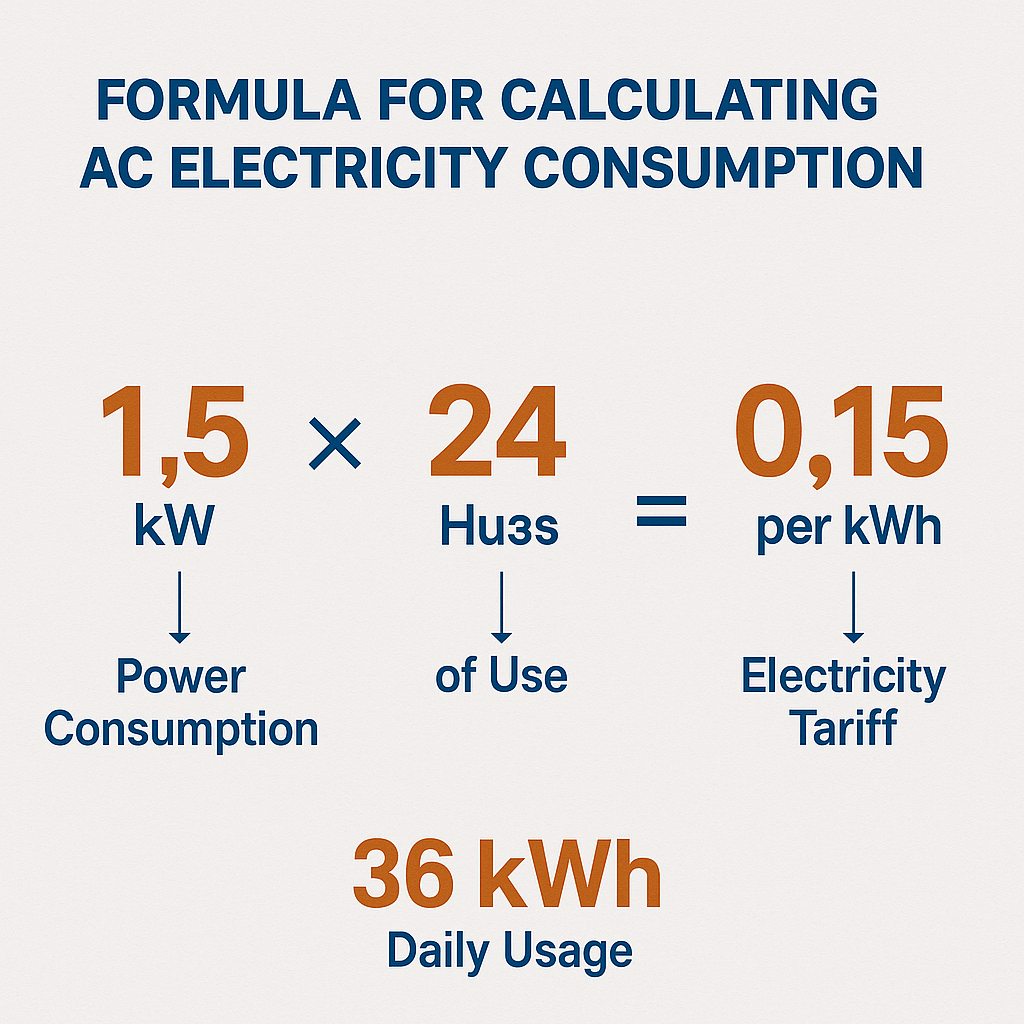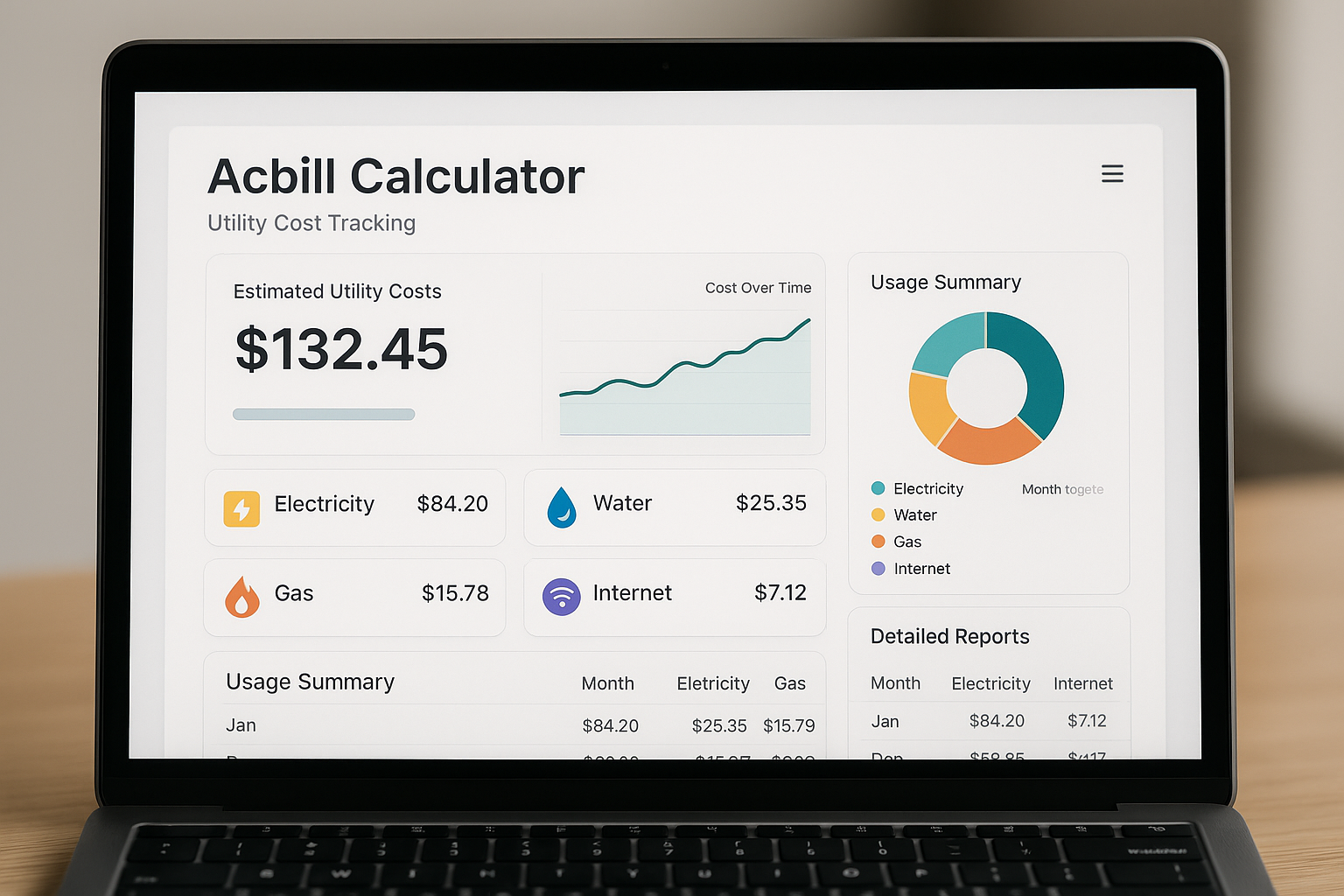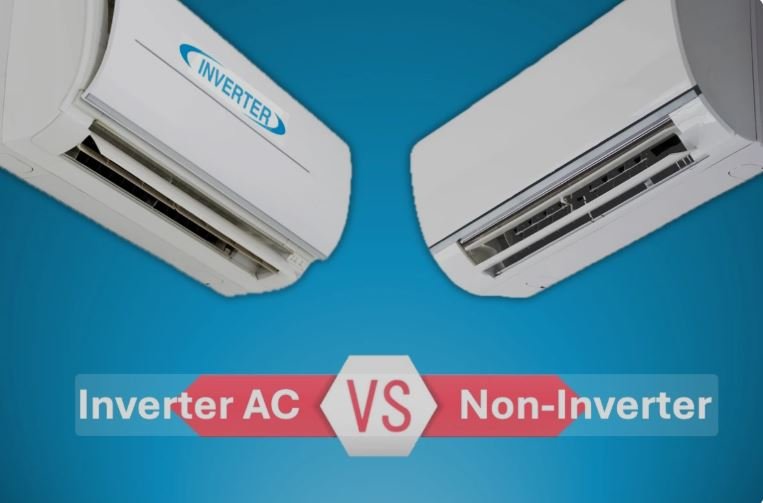
Inverter vs Non-Inverter AC: Bill Comparison & Energy Savings Explained
Inverter vs Non-Inverter AC: Bill Comparison & Energy Savings Explained
Introduction to Inverter and Non-Inverter Air Conditioners
The dilemma most households face during the summer is, which type of air conditioner will cost less on their electricity bill? The two contenders are inverter and non-inverter air conditioners. They both cool your home, but they use completely different ways to do it - and these differences have a direct impact on your monthly electricity costs.
What is an Inverter AC?
An inverter AC has a variable-speed compressor. Instead of turning it on and off, it will constantly change its speed to maintain the programmed temperature. This means that the compressor will only work as much as it needs to cool down, preventing energy wastage.
Key benefits:
- Sleek thermoregulation
- Less power usage in the long run
- Less wear and tear
How a Non-Inverter AC Works
A non-inverter AC has a fixed speed compressor. It runs at full power until it reaches a set temperature and then shuts off completely. When the temperature rises, it starts spinning at full speed again.
This type of cycling back and forth consumes more energy and the heater fluctuates significantly.
Key Differences Between Inverter and Non-Inverter ACs
Compressor Technology
- Inverter: Adjustable speed, load-tailored Inverter: Adjustable speed, load-tailored
- Non-Inverter: Fixed, constant speed full power or off
Speed Control & Variable Load Matching
The compressor of an inverter AC can run at part load as well, as it consumes only 30 to 40 percent of full load power when needed. This flexibility is missing in non-inverters.
Noise and Comfort Levels
Being restarted all the time, however, is one characteristic that makes inverter ACs quieter and keeps the temperature more stable.
Electricity Consumption: Inverter vs Non-Inverter
Power Draw Under Different Temperature Loads
An inverter AC might start at 0.5kW to 1.5 kW across the range of room heat loads whereas a non-inverter AC of comparable capacity would require 1.5kW to 2kW of load continually.
Energy Efficiency Ratings (SEER, EER, ISEER)
With a good rating, operating costs are reduced. Inverter ACs have an average ISEER rating of 4.0% to 5.2, while non-inverter ACs have an average rating of 3.1% to 3.5.
Real-World kWh Usage Data
A 1.5 tons inverter AC is consuming 750-900 kWh/yr while a non-inverter is consuming 1200-1500 kWh/yr in same condition..
Bill Comparison: How Much Can You Save?
Example Monthly Electricity Bill Calculation
Let’s assume:
- 1.5-ton AC, 6 hours/day, 30 days
- Electricity rate: ₹8/kWh
Inverter AC: ~90 kWh/month → ₹720/month
Non-Inverter AC: ~150 kWh/month → ₹1,200/month
Savings: ₹480/month (~40% reduction)
Seasonal Usage Patterns
Savings increase huge in the warmer zones.
Impact of Local Electricity Tariffs
Faster ROI on inverter ACs is experienced in high-tariff areas.
Understanding Variable Speed Basics
Variable-speed operation entails that the AC can adjust its cooling capacity to precisely the amount needed to prevent waste of energy.
Payback Period Analysis
Upfront Cost vs Long-Term Savings
Assuming inverter AC consumes 480 per month more but saves 8000 cut down in cost, this will pay off in approximately 16-18 months.
Break-Even Point Calculations
Post break-even, all savings are net profit.
Factors Affecting Energy Consumption
- Renovation: The insufficiently insulated rooms or those that are relatively bigger in sizes necessitate additional cooling.
- Climate Zone: The inverter technology takes effect better in lasses that are hotter.
- Maintenance: Filters clean increases efficiency.
Pros and Cons Summary Table
Feature | Inverter AC | Non-Inverter AC
Efficiency | High | Moderate
Noise | Low | Higher
Upfront Cost | Higher | Lower
Lifespan | Longer | Shorter
Ideal Use | Frequent cooling | Occasional cooling
Expert Tips for Reducing Your AC Bill
- Improved air circulation can be done through the ceiling fans.
- Be sure to keep filters clean.
- The most efficient temperature is 24-26 o C.
Frequently Asked Questions (FAQs)
Q1: A type of AC best suited to high-humidity regions?
Since they provide constant cooling and dehumidification, they are known as inverter ACs.
Q2: Is inverter AC economical always?
Pretty sure a yes, at least regularly.
Q3: Is there a possible scenario whereby a non-inverter AC is cost- effective?
Yes, on short-term, occasional basis.
Q4: How long does inverter AC?
On average 12-15 years well maintained.
Q5: Is inverter AC justifiable at higher cost upfront?
Certainly in localities where long hot summers prevail.
Q6: How do you compute your cost of electricity to your AC?
The number of kWh was multiplied by your electricity tariff.
Conclusion: Making the Right Choice for Your Home
But in the long run, inverters almost always save more in terms of cost, unless we rarely use the AC. Although the cost is hi
gher, the lower savings in monthly electricity bills and greater comfort make it a better deal.
